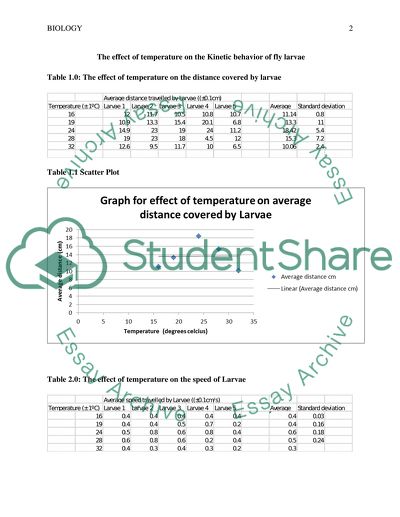The effect of temperature on the Kinesis behavior of fly larvae Essay. Retrieved from https://studentshare.org/biology/1677995-the-effect-of-temperature-on-the-kinesis-behavior-of-fly-larvae
The Effect of Temperature on the Kinesis Behavior of Fly Larvae Essay. https://studentshare.org/biology/1677995-the-effect-of-temperature-on-the-kinesis-behavior-of-fly-larvae.


